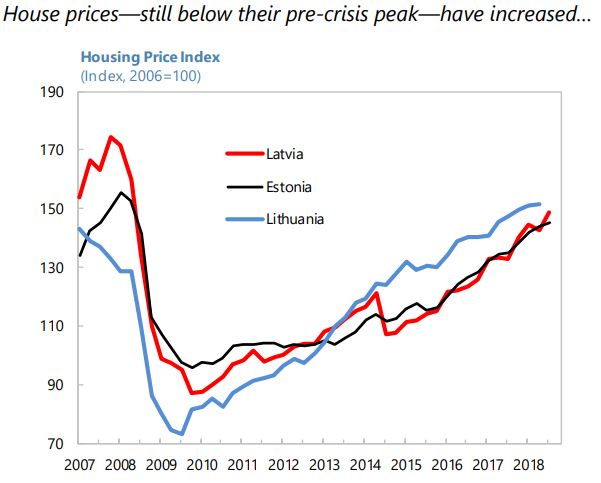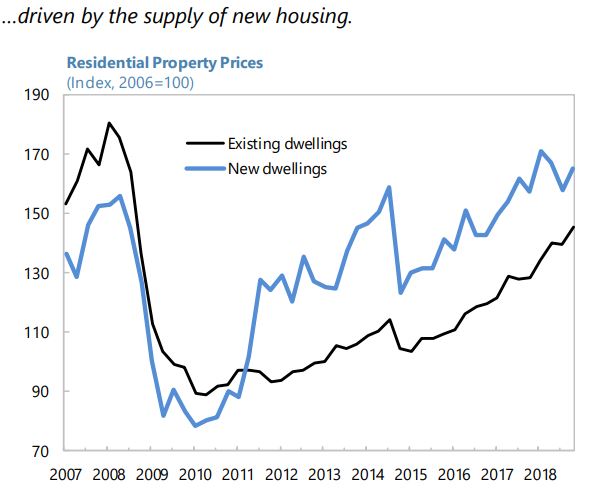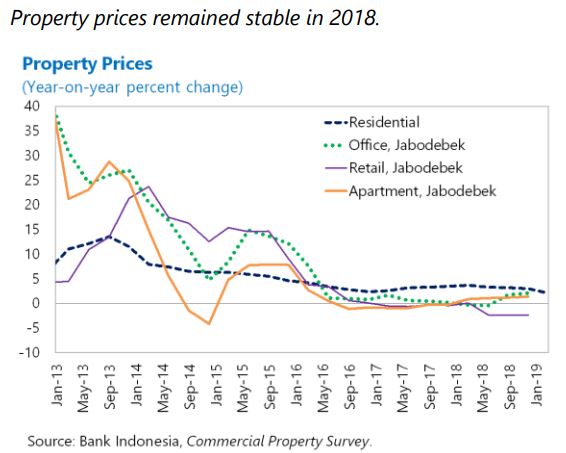Wednesday, August 7, 2019
Labor Market Slack and the Output Gap: The Case of Korea
A new IMF working paper, by authors Niels-Jakob Hansen, Joannes Mongardini and Fan Zhang, discusses the labor market slack and outgap through the Korean experience :
“Output gap estimates are widely used to inform macroeconomic policy decisions, including in Korea. The main determinant of these estimates is the measure of labor market slack. The traditional measure of unemployment in Korea yields an incomplete estimate of labor market slack, given that many workers prefer involuntary part-time jobs or leaving the labor force rather than registering as unemployed. This paper discusses a way in which the measure of unemployment can be broadened to yield a more accurate measure of labor market slack. This broader measure is then used to estimate the output gap using a multivariate filter, yielding a more meaningful measure of the output gap.”
A new IMF working paper, by authors Niels-Jakob Hansen, Joannes Mongardini and Fan Zhang, discusses the labor market slack and outgap through the Korean experience :
“Output gap estimates are widely used to inform macroeconomic policy decisions, including in Korea. The main determinant of these estimates is the measure of labor market slack. The traditional measure of unemployment in Korea yields an incomplete estimate of labor market slack, given that many workers prefer involuntary part-time jobs or leaving the labor force rather than registering as unemployed.
Posted by at 12:46 PM
Labels: Inclusive Growth
House Prices in Latvia
From the IMF’s latest report on Latvia:
“The rapid rise in property prices merits attention. Despite a shrinking population, real house prices have increased by more than 7 percent per year over the last three years due to a surge in construction costs and prices of new dwellings. Current valuation indicators (price-to-income and price-to-rent ratios and deviations from long-term fundamentals) signal potential vulnerability to overvaluation of housing prices over the medium term. Yet, there are no acute financial imbalances, as the house price index is still about 20 percent below its pre-crisis peak in 2008, and aggregate house price developments have not been spurred by credit growth. Outstanding mortgage loans have dropped below 20 percent of GDP at end-2018, far below the euro area average of about 38 percent of GDP.
Timely adoption of precautionary macroprudential measures can help contain medium-term balance sheet risks. The high share of variable rate mortgages raises the risk to debt service capacity if household leverage increases, while a slowing wage growth could reduce debt affordability. BSFCs’ re-orientation may also result in a deterioration of borrower quality if they loosen credit standards and increase household lending to maintain profitability amid falling margins. Latvia’s macroprudential measures are relatively lenient compared to those in other EU countries and could be preemptively adjusted. Lowering the current LTV ratio limit of 90 percent to 80 percent (closer to other European peers) for residential mortgage lending, imposing restrictions on home refinancing, introducing a debt service-to-income (DSTI) limit, and limiting the maximum maturity of mortgages and consumer loans would mitigate vulnerabilities related to real-estate exposures. Higher provisions for loans with LTV ratios above the limit and regular assessments of collateral valuation standards would prevent excessively risky lending. Finally, macroprudential measures should apply to leasing companies to prevent potential regulatory arbitrage between them and banks.”
From the IMF’s latest report on Latvia:
“The rapid rise in property prices merits attention. Despite a shrinking population, real house prices have increased by more than 7 percent per year over the last three years due to a surge in construction costs and prices of new dwellings. Current valuation indicators (price-to-income and price-to-rent ratios and deviations from long-term fundamentals) signal potential vulnerability to overvaluation of housing prices over the medium term.
Posted by at 9:50 AM
Labels: Global Housing Watch
Monday, August 5, 2019
Monetary Policy, Housing Rents and Inflation Dynamics
From a paper by Daniel A. Dias and João B. Duarte:
“In this paper we study the effect of monetary policy shocks on housing rents. Our main finding is that, in contrast to house prices, housing rents increase in response to contractionary monetary policy shocks. We also find that, after a contractionary monetary policy shock, rental vacancies and the homeownership rate decline. This combination of results suggests that monetary policy may affect housing tenure decisions (own versus rent). In addition, we show that, with the exception of the shelter component, all other main components of the consumer price index (CPI) either decline in response to a contractionary monetary policy shock or are not responsive. These findings motivated us to study the statistical properties of alternative measures of inflation that exclude the shelter component. We find that measures of inflation that exclude shelter have most of the statistical properties of the widely used measures of inflation, such as the CPI and the price index for personal consumption expenditures (PCE), but have higher standard deviations and react more to monetary policy shocks. Finally, we show that the response of housing rents accounts for a large proportion of the “price puzzle” found in the literature.”
From a paper by Daniel A. Dias and João B. Duarte:
“In this paper we study the effect of monetary policy shocks on housing rents. Our main finding is that, in contrast to house prices, housing rents increase in response to contractionary monetary policy shocks. We also find that, after a contractionary monetary policy shock, rental vacancies and the homeownership rate decline. This combination of results suggests that monetary policy may affect housing tenure decisions (own versus rent).
Posted by at 4:39 PM
Labels: Global Housing Watch
Thursday, August 1, 2019
House Prices in Indonesia
From the IMF’s latest report on Indonesia:
“There are no signs of asset bubbles—residential property prices grew by 3 percent (y/y) in 2018:Q4, while commercial property prices have been flat since 2017.”
From the IMF’s latest report on Indonesia:
“There are no signs of asset bubbles—residential property prices grew by 3 percent (y/y) in 2018:Q4, while commercial property prices have been flat since 2017.”
Posted by at 10:26 AM
Labels: Global Housing Watch
Subscribe to: Posts






